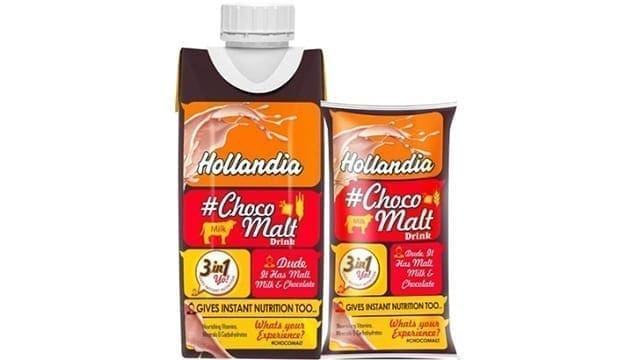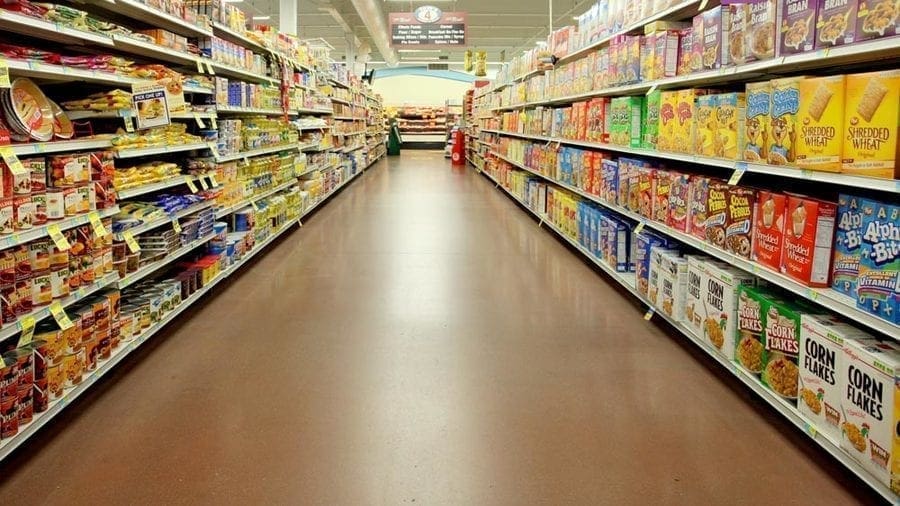GHANA – The Ghanaian government has restricted export of two commodities, soya beans and maize from the country, as a measure to ensure food security and increase local poultry and livestock production.
This follows a directive from the Ministry of Trade and Industry (MoTI) to restrict export of the commodity to other countries in a bid to secure local supply.
The ban aims to improve the availability of these raw materials in the local market, in order to ensure sufficient production of animal feed for the poultry industry, which has been a real challenge in the West African country.
The rise in prices of the key commodity which in 2021 hiked by 68% for corn and 34% for soybean has eroded the margins of many companies.
To this end, the Plant Protection and Regulatory Services Directorate (PPRSD), has stopped issuing phytosanitary certificates for the export of both commodities.
“Over the past two years, since the advent of Covid-19, we had to endure a lot of challenges, in order to ensure that the local demand is met, there was the need to promulgate a law to ensure that any individual that wants to export soybeans from this country has to come for a permit,” said Press Secretary to the Food and Agriculture Minister, Issah Alhassan.
Apart from recent data from the Ghana Statistical Service (GSS) indicating the increasing cost of foodstuff and agricultural inputs, there have been concerns over a possible food shortage in the country.
According to a recent GAIN report by USDA, the country’s domestic maize production for Marketing Year 2022/23 is forecasted to be 7% lower compared to the corresponding previous period, declining from 2.7 million metric tonnes (MMT) to 2.5 MMT.
The drop is attributed to unfavourable weather conditions and limited supply of fertilizer following soaring global prices.
Meanwhile, local consumption forecast for maize is expected to be slightly lower at 2.95 MMT in MY2022/23, a decrease of about 3% from the MY2021/22 estimate of 3.05 MMT.
Maize is the most important cereal in Ghana and remains the number one staple food with a per capita consumption of about 63 kg per year.
The decline in consumption is linked to higher prices of the commodity in the market, forcing some consumers to turn to affordable substitutes like plantains, cassavas, yams, cocoyams, and sweet potatoes.
Also, the recent price shocks recorded for the grain, reaching more than a 200 percent increase in price over a two-year period has forced several larger commercial poultry farmers out of operation.
This decline in the demand for feed corn will have an impact on the total consumption of maize in MY2022/23.
Estimates from industry analysts suggest that human consumption constitutes about 85 percent of the domestic maize production and livestock accounts for the remaining 15 percent.
To further supplement local production and meet demand, Ghana is set to turn to imports, with USDA estimating the country’s maize imports to reach a high of 300,000 MT, an increase of 200 percent over the MY2021/22 estimate of 100,000 MT.
Liked this article? Subscribe to Food Business Africa News, our regular email newsletters with the latest news insights from Africa and the World’s food and agro industry. SUBSCRIBE HERE











